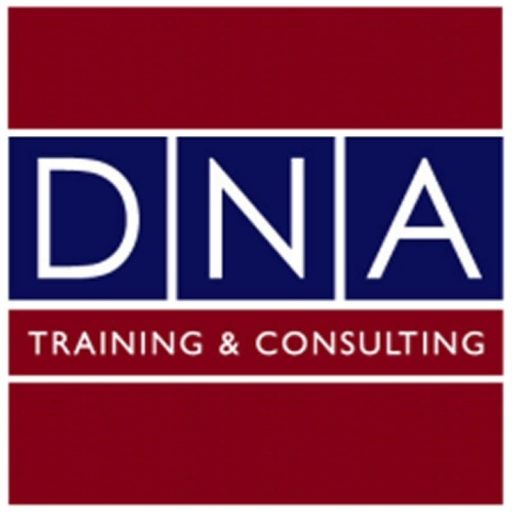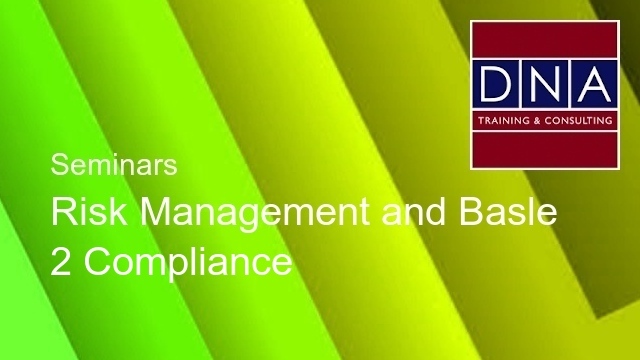Part 1 of this workshop begins with a comprehensive evaluation of bank credit, liquidity, interest rate and market risks, and their measurement, pricing and mitigation. The workshop provides the necessary mathematics for a thorough understanding of these issues and techniques, in addition to extensive Excel-based modeling techniques for proper quantification and simulation of these risks.
Part 2 reviews exhaustively the June 28, 2004 Basle 2 Framework as it relates to credit and trading risks, including under the standardized and IRB approaches. Rules, recommendations and implementation policies are explained clearly and thoroughly, and necessary changes to institutions’ existing policies and systems are proposed. All three pillars of the Framework are discussed in this section. This section also reviews the operational risk aspects of Basle 2.
Part 3 concludes with an examination of more complex risk management and Basle 2 issues including the treatment of derivatives, Securitizations and specialized lending (including asset and project finance), in each case under the standardized and more advanced approaches.
The key differences between Basle 1 and Basle 2 are stressed throughout the Workshop, along with the implications to the business of domestic banks and the effect on their capital structure, return on equity and profitability ratios. The Workshop also examines in detail the implementation requirements for Basle 2 compliance and the generic challenges of upgrading a bank’s risk management system framework and for following best practices.
This workshop has been designed for senior management, lending officers, and treasury, financial control and audit staff who need a solid understanding of best-practice risk management and measurement processes, and of the rules and minimum requirements of the Basle 2 Framework. It is suitable also for support and IT personnel who are seeking a better grasp of the instruments they deal with in their day-to-day business.
Each Part of this workshop will span three days. The modular style of this workshop permits delegates to attend only the part for which they have the greatest need.
As prerequisites for this workshop, delegates are expected to have an intermediate level familiarity with treasury, FX, money market and fixed income instruments, although pre-workshop readings will be made available upon delegate request.
Part 1
- Mathematical Foundations
- Data analysis, classification and distribution
- Single and multiple random variable measurement and analysis
- Frequency distributions
- Mean, variance and standard deviation
- Normal and lognormal distributions
- Confidence intervals and probability of loss
- Covariance and correlation
- Introduction to matrices
- Value at Risk
- Market factors and factor sensitivity
- Duration and convexity
- Marking to marke
- Value at risk
- Different calculation methods
- Verification issues and estimation errors
- Use of matrices for VAR calculations
- Variance co-variance analysis
- VAR limits
- Pitfalls in use of VAR
- Stress testing and scenario analysis
- Liquidity Risk
- Trading v. funding liquidity
- Asset and liability management
- Analysis of different types of risks
- Business as usual risks
- Contingency funding risks and plans
- Maximum cumulative outflows
- Liquidity limits and ratios
- Interest Rate Risk
- EAR negative and positive gaps
- Types of gaps
- Defeasance period
- Accrual DV01 limits
- Cost-to-close
- Accrual triggers
- Credit Risk Measurement and Modeling Systems
- Rating agency approaches
- Internal risk rating approaches
- Key financial analysis measures
- Adjustment factors
- CreditMetrics framework and credit migration approach
- Credit diversification and estimation of correlation
- KMV approach and use of equity value
- Intensity-based models
- Modeling recoveries
- Loss distributions
Part 2
- Basle 2 General Framework
- Definition of regulatory capital
- Risk-weighting of assets
- Alternative approaches
- Supervisory review process
- Market discipline and disclosure requirements
- Standardized approach
- Individual claims
- External credit assessments
- Implementation considerations
- Credit risk mitigation: general considerations
- Credit risk mitigation with collateral
- Credit risk mitigation with guarantees and netting
- Currency, maturity and other mismatches
- Internal ratings-based approaches
- Foundation v. advanced approaches
- Categorization of exposures
- Corporate, sovereign and bank exposures
- Retail exposures
- Equity exposures
- Purchased receivables
- Expected losses and recognition of provisions
- Minimum requirements for IRB approaches
- Second and Third Pillars
- Key principles for supervisory review
- Management oversight
- Interest rate risk in banking book
- Issues relating to credit risk definitions
- Issues relating to operational risk
- Disclosure requirements
- Risk exposure and assessment
- Trading Book Issues
- Scope of trading book
- Prudent valuation guidance
- Market to market
- Marking to model
- Counterparty credit risks
- General and specific risks
- Operational Risk
- Definition and typology of operational risk
- Measurement methodologies
- Basic and standardized methodologies
- Advanced approaches
- Qualifying criteria
- Risk mitigation
Part 3
- Derivatives
- Forward-type instruments
- Option-type instruments
- Volatility and its measurement
- Volatility smiles
- Option Greeks
- Limitations of Greeks
- Correlation issues
- Treatment of credit derivatives under Basle 2
- Securitization Framework
- Definitions and general terminology
- Operational requirements for recognition of risk transference
- Treatment of exposures under standardized approach
- Treatment of exposures under IRB approach
- Liquidity facilities
- Implicit support
- Specialized Lending
- Definitions
- Framework for risk breakdown
- Project finance exposures
- Real estate exposures
- Object finance exposures
- Commodity finance exposures
- Issues for emerging market exposures
- Advanced Topics
- Model Risk and model validation
- Accounting/regulatory reconciliation
- Enterprise-wide risk management
- Towards Basle 3?
- The role of the Chief Risk Officer
- Advanced Scenario Analysis
- Advanced Stress Testing

